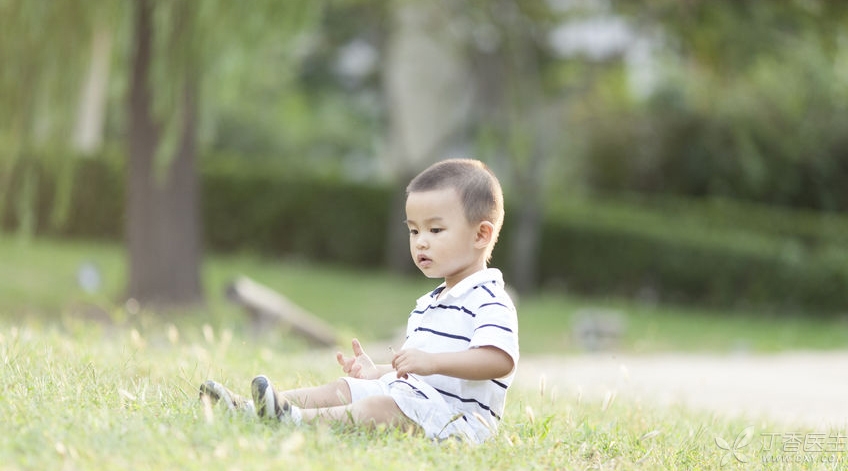
Where do you take Eva to play? Try taking your children to the local park.
Some mothers may say, “The park is too common. What can I play with?” ]
In fact, there are many ways to take children to the park to play, and even the money for early education can be saved if you play right!
Taking children to the park to explore nature is the most important thing.
Exploring nature in the park can effectively supplement [nutrients] for children’s brains and bodies, improve children’s concentration and strengthen children’s physique.
Today, I recommend some meaningful and simple ways to play with my parents. If I play right, my children can learn more than a little.
Game 1: Picture book treasure hunt adventure
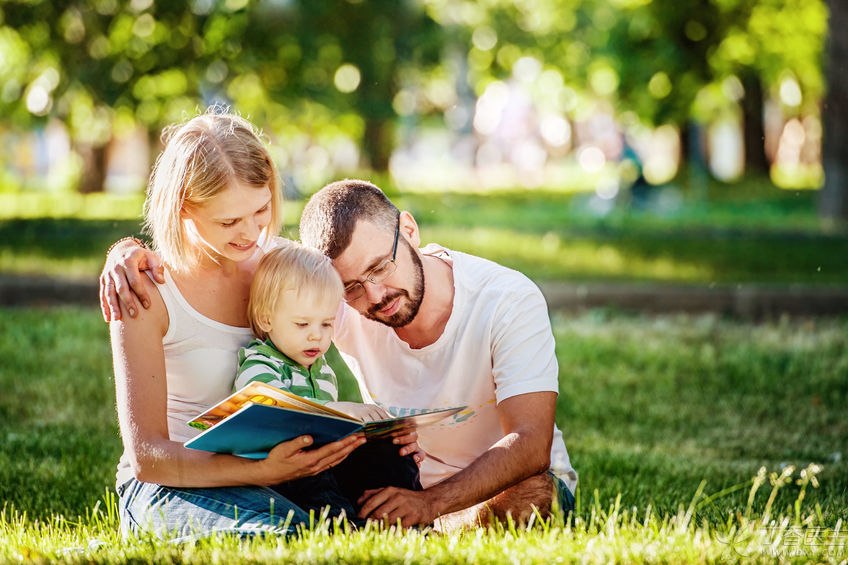
Bring a picture book about nature so that children can find things that appeared in the picture book in the park, such as leaves, florets, butterflies and insects, etc. The more real things are different from what in the book.
You can bring a small drawing board to your child and let him record his favorite leaves and petals on the drawing board.
By comparing the differences between picture books and real things, children can understand that everything is not just what it looks like in books:
Flowers can be not only red, but also purple, yellow and white.
Leaves are not only round, but also pointed, slender and varied.
There is not only one color on the trunk, some places are deep and some places are shallow…….
Take a walk in the park in spring, and the next time your child’s painting, there may be something new that you have never seen before.
Careful observation of nature is the basis for children’s artistic creation and various creative expressions in the future.
When children see a flower in the park, they can smell its fragrance, touch its touch, and observe the various stages of flower flowering and withering, and their understanding is far richer than reading picture books.
Game 2: Floating Contrast Experiment
Hand-on experiments are the main way for babies aged 0-3 to know the world, and parks are the best places to carry out such experiments.
Pick up some branches, leaves, stones and other small things of different weights with the children and take them to the side of the small pond.
The mother can ask the child this first:
Put them into the pond, which do you think will sink and which will float?
After the child has made the assumption, let him put the petals, branches, leaves and stones into the small pond one by one to see if what’s things are floating and what’s things will sink and verify them one by one.
Mothers can help their children record and summarize, deepening their children’s impression:
Leaves, floating;
Branches, floating;
Stone, sinking……
For older children, parents can take the opportunity to teach their children some simple popular science about gravity and buoyancy.
Such a simple small experiment can enable the baby to accumulate more abundant sensory experience and establish a three-dimensional and rich cognition of the world.
Game 3: Insect Observation Experiment
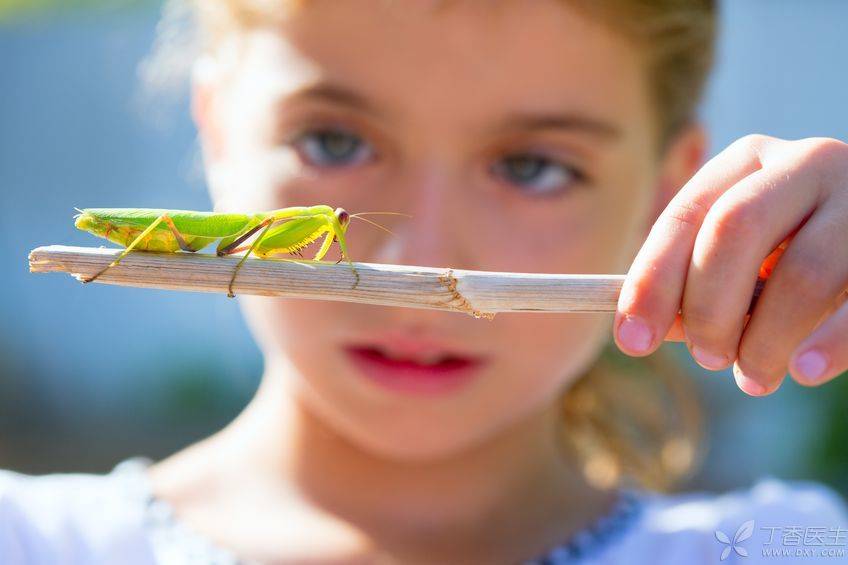
Children squat down and can watch a bug for half a day. Some parents may feel bored.
At this time, might as well find a twig, stop in front of the bug, ask the child:
Where do you think it will go? ]
[Oh, he climbed over the branch.]
[Stop it again, will it turn over like last time? ]
[The bug passed under the branch this time.]
With the help of small fallen leaves and twigs in nature, barricades are set up for the bugs, so that the children can record the movement path of the bugs, and encourage the children to say the bugs [are doing what] and [are going to go], so as to deepen the children’s impression through language description.
Game 4: Shadow Discovery Game
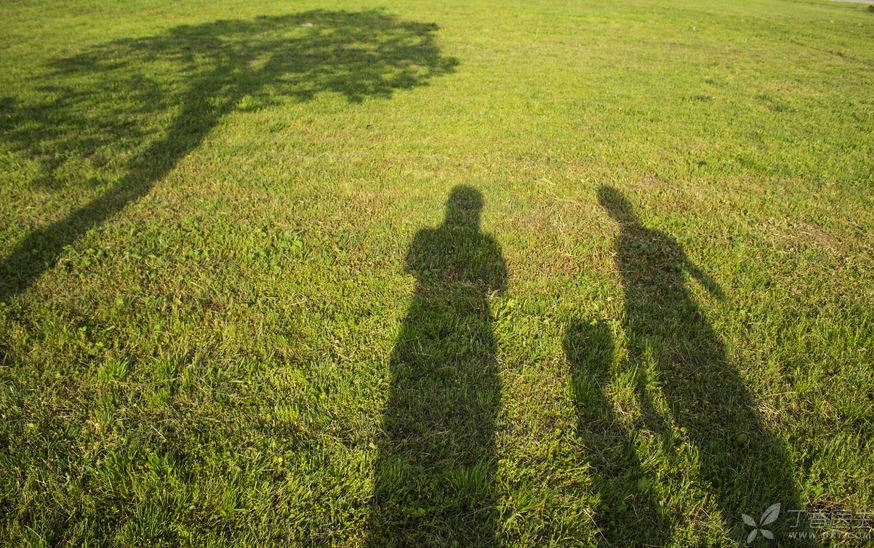
In the park, many mothers will play the game of stepping on the shadow with their children to relax their muscles and bones and enhance close relationships. When playing shadow stepping, you may as well take your children to know the shadow and explore the secret of the shadow.
In the sun, the mother can let the child do some actions against the shadow, so that the child can observe the changes of the shadow and understand the relationship between himself and the shadow.
Take the child to the shade of the tree, the shadow suddenly disappeared, the mother can ask:
Why is the shadow missing? Let’s try to get out of the shade! Ah, the shadow ran back again. This is because there is no sunshine under the shade.
If the baby is over 3 years old, the mother can bring chalk and draw the outline of the shadow with the child:
Mother to draw your shadow, you to draw mother’s shadow, ok? After painting, let’s see if what is different.
When children play, they are actually exploring the changes of natural phenomena. These visible changes are most in line with children’s intuitive learning methods.
Game 5: Comparative Observation Game
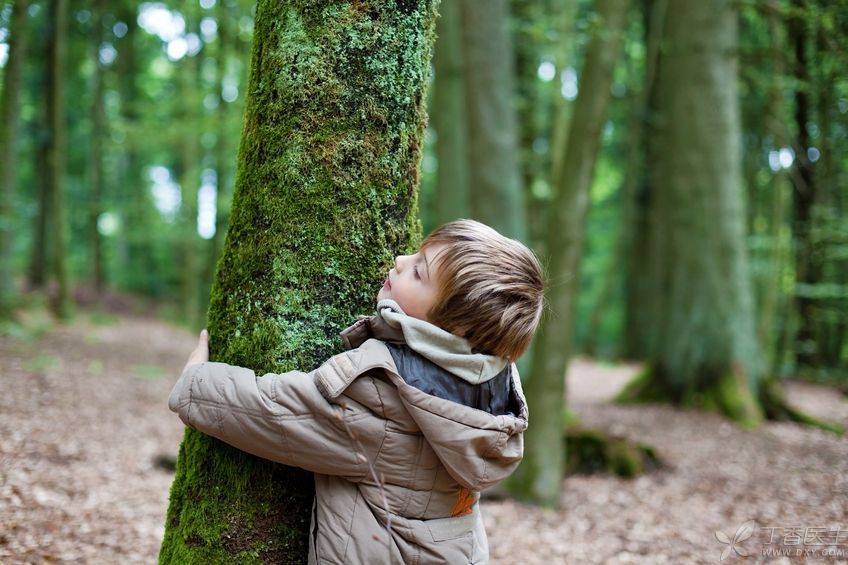
Children can be guided to know a new thing more comprehensively through different perspectives.
In general, we will guide the child to perceive a thing from the five aspects of [audio-visual, smell, taste and touch]. At the same time, we can inspire the baby to think by throwing out some questions, but not all of them need him to answer.
For example, when a child picks up two different leaves, the mother can take the initiative to teach the child:
This leaf is green and relatively large. This one is a little yellow and smaller.
(Smell) Smell the green leaves, with the smell of grass, and the yellow one with the smell of dust.
(Touch) Touch, this leaf is a bit rough, this one is smoother.
(Listen) This leaf is dry. Rub it on the ground and it will make the sound of brushing. Try rubbing it and it will make the sound of what.
Complying with the guidance of children’s interests and letting children perceive things with [audio, visual, smell, taste and touch] can not only prolong children’s attention, but also cultivate children’s habit of understanding new things from multiple angles.
Most importantly, by guiding the child to describe these feelings, we can teach him to recognize many abstract scientific concepts.
In the park, children can clearly realize the concepts of [big and small], [long and short], [tall and short], [rough and slippery], [dry and wet] through their senses, which are difficult to realize at home.
Time is running out, so take advantage of the long vacation and take your children to the park for fun.
